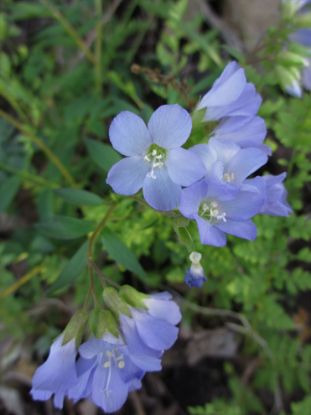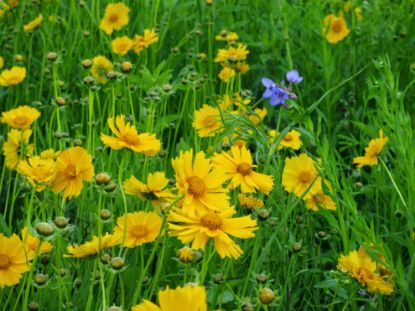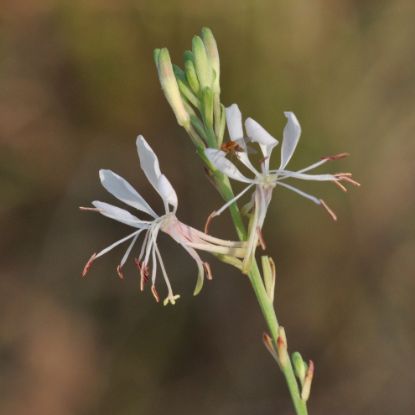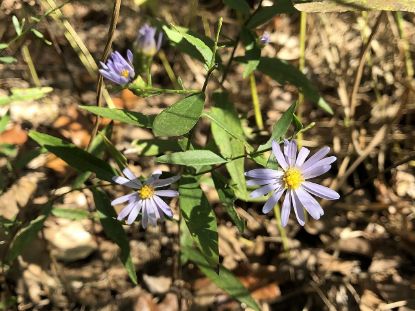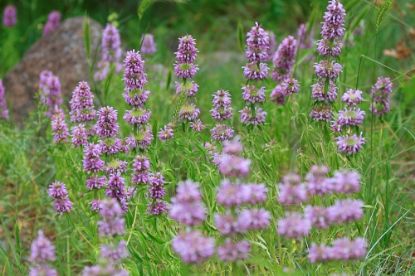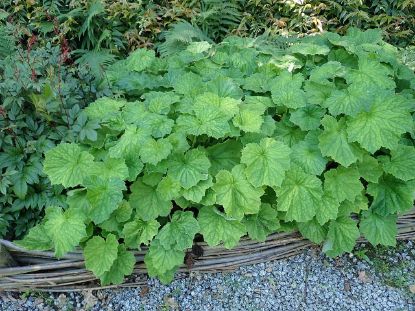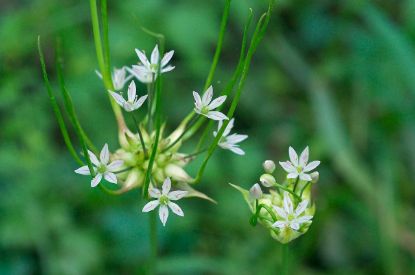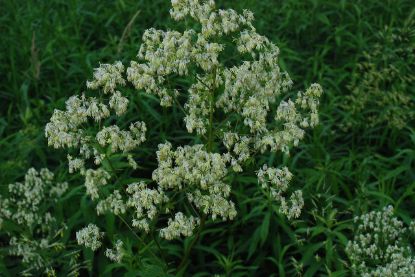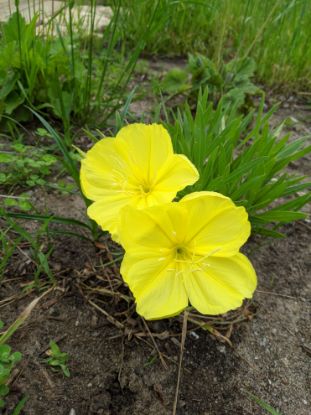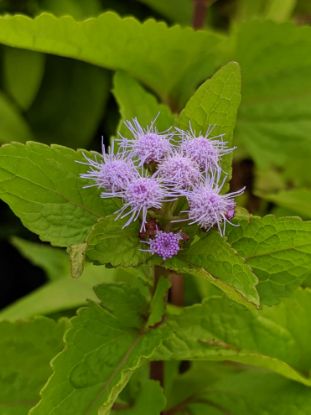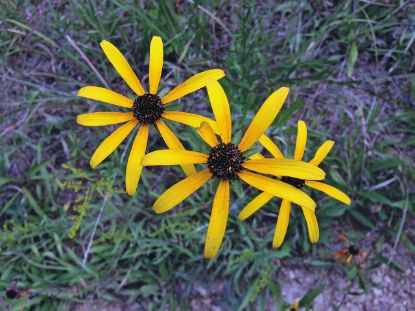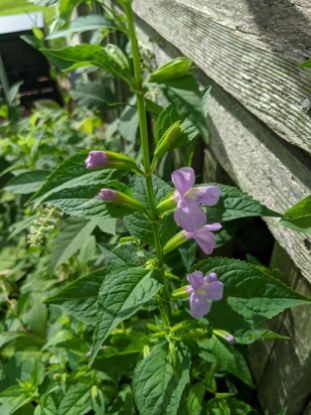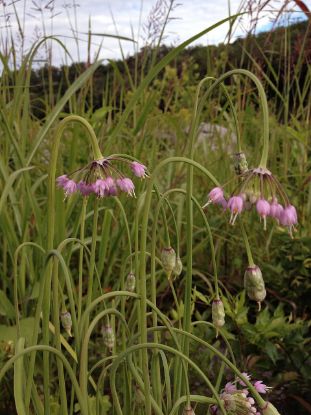Filter by attributes
Wildflowers
Sort by
Display
per page
View as
204 products found
Jacob's Ladder (Polemonium reptans)
A forest species for your shade garden with beautiful structure and flowers for spring garden interest. Not preferred by deer.
I'm sleeping right now. See you in the spring.
$6.00
Joe Pye (Eutrochium purpureum)
A butterfly magnet. Try in a shady rain garden. Can be tall, floppy, and take up a lot of space, but a stunning statement in the garden.
I'm sleeping right now. See you in the spring.
$6.00
Lanceleaf Coreopsis (Coreopsis lanceolata)
Beautiful spring flower that lasts all summer. Plant in masses to make a dramatic effect. Can spread quickly but typically fades out of the garden in about 8 years.
I'm sleeping right now. See you in the spring.
$6.00
Large-Flowered Gaura (Oenothera filiformis)
Annual/biennial plant, so allow to self-seed in disturbed soil in order for it to return. A very unique, delicate-looking flower that can spread quickly by seed in disturbed soil but may fade out as other plants take the space.
I'm sleeping right now. See you in the spring.
$6.00
Lavender Aster (Symphyotrichum turbinellum)
Typically grows as a shrubby upright perennial to 4' tall and to 2 1/2' wide. A study in KC showed that Symphyotrichum is one of the plant genera in our area that attracts the largest number of different bee species.
I'm sleeping right now. See you in the spring.
$6.00
Lemon Bee Balm (Monarda citriodora)
An annual that will reseed and spread through the garden. Attracts bees, hummingbirds, and butterflies.
I'm sleeping right now. See you in the spring.
From $6.00
Long-head Coneflower (Ratibida columnifera)
More common in Kansas. "Petals" could be red, or partially red, instead of yellow. Has a deep tap root, which it spends its first year growing so it may not flower until the second year. Best planted in masses or planted with other structural plants.
I'm sleeping right now. See you in the spring.
$6.00
Maple-leaf Alumroot (Heuchera villosa)
Semi-evergreen this plant adds texture, structure, color, and elegance to your shade garden year-around. Pollinated by small bees. Good for boarders.
I'm sleeping right now. See you in the spring.
$6.00
Meadow Garlic (Allium canadense)
Love the green blades of Allium to provide color and texture to the garden and attract several small pollinators. Avoided by most mammals. Tolerates several sun/moisture conditions.
I'm sleeping right now. See you in the spring.
From $6.00
Meadow Rue (Thalictrum dasycarpum)
Unique purple stems. Good massed in the back of a planting. Can cause skin irritation. Male and female flowers on separate plants.
Out of stock
$6.00
Missouri Primrose (Oenothera macrocarpa)
Amazing, large, yellow blooms open at night, so they're great for the moths. Dry, limestone rock areas are the natural home for these beauties, so they tolerate dry and hot conditions.
I'm sleeping right now. See you in the spring.
$6.00
Mist Flower (Conoclinium coelestinum)
May spread aggressively through rhizomes and seed. Plant with other aggressive plants and divide in spring for a balanced planting. Taller plants may need to be supported. Doesn't like to dry out.
I'm sleeping right now. See you in the spring.
$6.00
MO black-eyed Susan (Rudbeckia missouriensis)
A glade plant, this Rudbeckia does well in hot, dry soils. May form a colony.
I'm sleeping right now. See you in the spring.
$6.00
Monkey Flower (Mimulus ringens)
Great plant for a consistently moist area. Primarily pollinated by bumblebees.
I'm sleeping right now. See you in the spring.
$6.00
Nodding Onion (Allium cernuum)
The flowers of this native onion droop and face down. Primarily pollinated by bees. Spreads by both seeds and bulb offsets. The onion smell is not preferred by most garden nibblers.
I'm sleeping right now. See you in the spring.
$6.00
